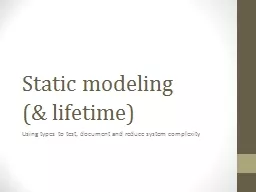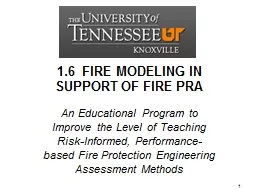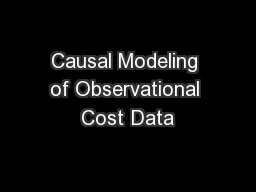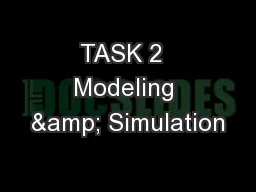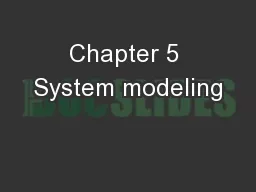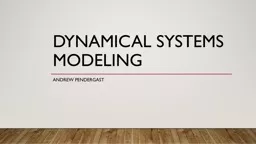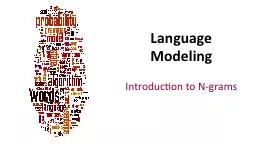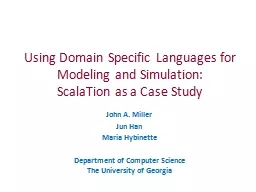PPT-Language Modeling
Author : sherrill-nordquist | Published Date : 2017-06-17
Part II Smoothing Techniques Niranjan Balasubramanian Slide Credits Chris Manning Dan Jurafsky Mausam Recap A language model is something that specifies the following
Presentation Embed Code
Download Presentation
Download Presentation The PPT/PDF document "Language Modeling" is the property of its rightful owner. Permission is granted to download and print the materials on this website for personal, non-commercial use only, and to display it on your personal computer provided you do not modify the materials and that you retain all copyright notices contained in the materials. By downloading content from our website, you accept the terms of this agreement.
Language Modeling: Transcript
Download Rules Of Document
"Language Modeling"The content belongs to its owner. You may download and print it for personal use, without modification, and keep all copyright notices. By downloading, you agree to these terms.
Related Documents




